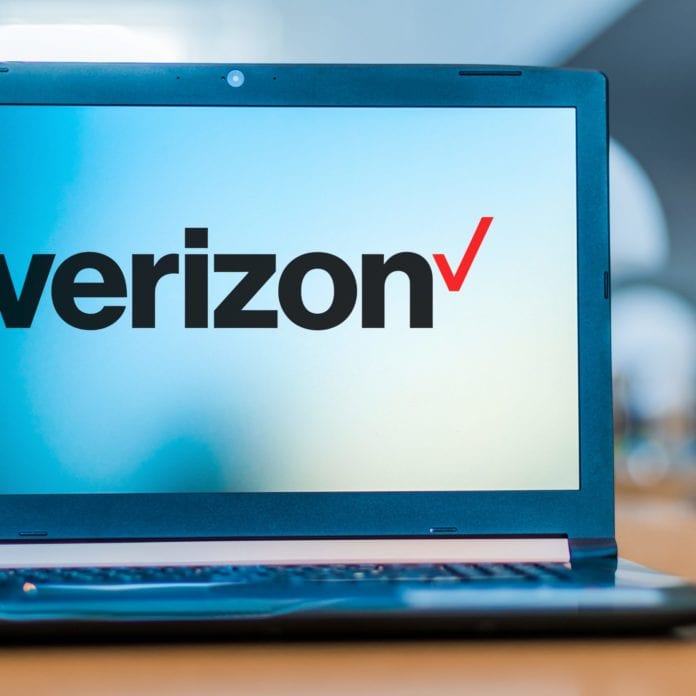Verizon also highlighted that it is beginning to deploy 100 megahertz of C-band spectrum in many markets across the U.S.
Verizon said it has already deployed over 8,000 virtualized RAN (vRAN) cell sites with a goal of deploying over 20,000 by the end of 2025, the telco said in a release.
The carrier said that the deployment of this technology allows it to rapidly respond to customers’ varied latency and computing needs.
“We are building the network with the most advanced technology available, because we know people rely on our network and we are committed to delivering the variety and quality of services our customers need,” said Adam Koeppe, SVP of planning and technology at Verizon.
According to Verizon, its key 5G use cases focused on providing the most efficient network for customers and will heavily rely on the programmability of virtualized networks.
Apart from the focus on the advancement of virtualization technology for the provision of advanced 5G solutions, Verizon said it is also working on other technological advancements in parallel. Verizon recently announced a “massive” advancement in its packet core network, quadrupling the capacity on its fiber network.
It also recently announced it is beginning to deploy 100 megahertz of C-band spectrum in many markets across the U.S.—a significant increase from the 60 megahertz of spectrum that it has deployed in 5G markets to date.
Verizon also highlighted its work in the O-RAN space, stating that this technology is an evolution of the virtual network architecture with the potential to bring many benefits in terms of deployment flexibility.
In the Mobile Edge Computing (MEC) field, Verizon said it is partnering with key cloud partners, driving tighter network integration/differentiation through API’s. Verizon recently expanded its MEC ecosystem by bringing AWS Wavelength zones to Nashville and Tampa and now reaches 19 metro areas. This means that 75% of the U.S. population is now within 150 miles of VZ 5G Edge, the carrier said.
In a separate release, Verizon said it has successfully completed lab trials using 200 megahertz of C-band spectrum to provide higher 5G speeds. Last month, Verizon announced it was beginning to deploy 5G over 100 megahertz of the spectrum.
“Imagine adding several more lanes to a highway,” Koeppe said. “The more lanes, the more cars can get on and off the interstate and the faster they can drive. In the same way, the more spectrum we open up on our network, the more data can move across our network faster and more efficiently.”
The carrier said that this additional spectrum will enable it to triple the spectrum available for 5G services in many U.S. markets.
Verizon won C-Band licenses for between 140-200 megahertz in all available markets in a spectrum auction last year, when the carrier spent close to $53 billion.
Over the next few years as additional spectrum is cleared by satellite companies, Verizon said it will be able to deploy 5G technology on all available bandwidth that it has licensed, up to 200 megahertz.
Verizon currently holds a total of 2,035 megahertz of spectrum – 294 megahertz in Sub 6 GHz spectrum (low and mid band) and 1,741 megahertz of mmWave spectrum (high band).

